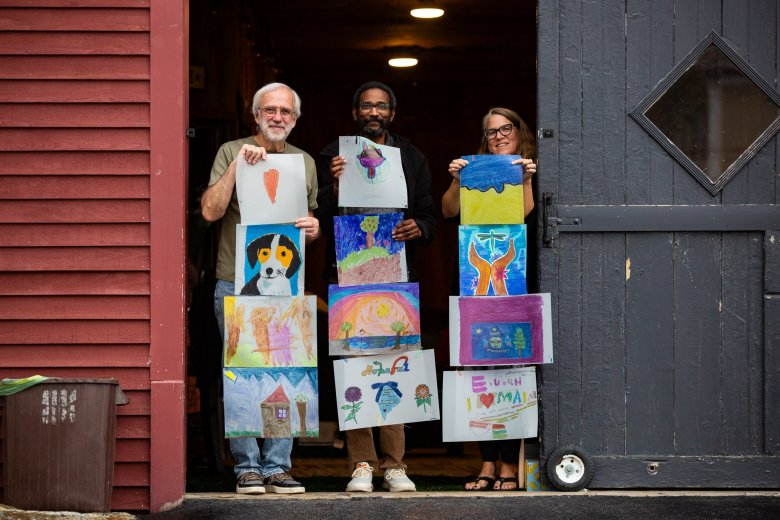
LEWISTON — A new sculpture debuting in November at LA Arts will commemorate the victims of the 2023 mass shooting at Schemengees Bar and Grille and Just-In-Time Recreation in Lewiston.
The sculpture, titled “Forget ME Not,” includes imagery and different art mediums meant to convey grief, loss, trauma, resilience, commemoration and hope. It centers around the people who lost their lives Oct. 25 that year, those who were there and those who lost loved ones.
“I’m hoping that they feel seen and that we respected their process of loss,” artist Jen McDermott said. “That’s the big thing, that we are still talking about these people, you know, it’s not something that’s tucked under the rug or walked away from, we really are pausing to just kind of let them know, we’re still thinking of them, seeing them.”
McDermott said she was working in the fine arts and cultural program at Bates College in Lewiston at the time of the shooting. On Oct. 26, 2023, she reached out to Traci Molloy to invite her to the campus as a visiting artist, hoping to build a project to help guide the community through its grief.
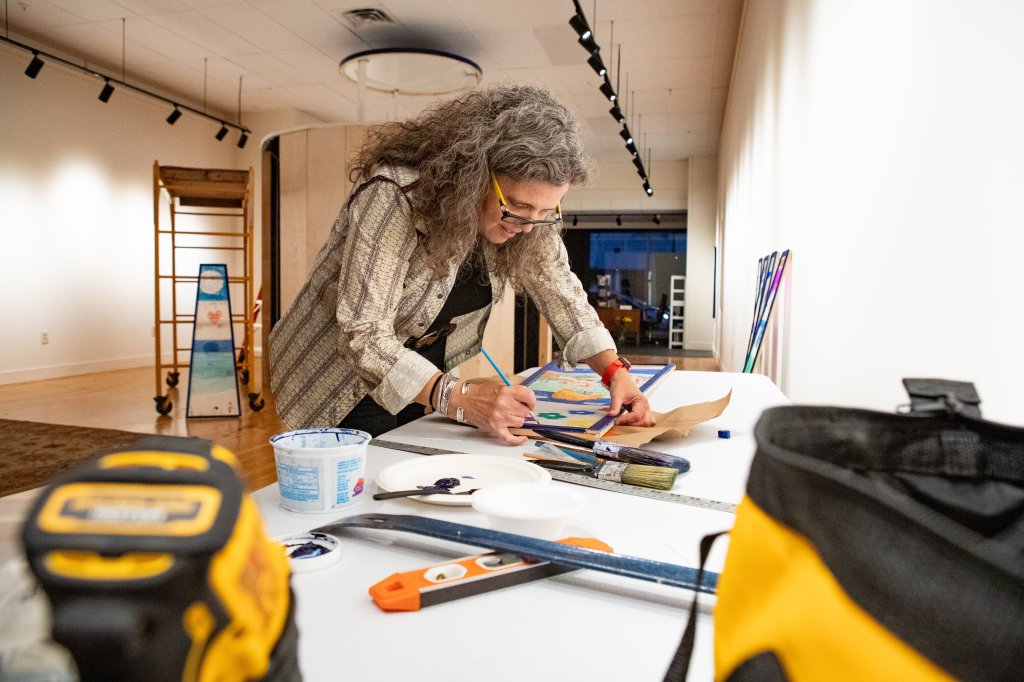
After agreeing to assist in the as-yet-undefined project, Molloy said mental health professionals should be brought in to support contributors because the trauma was so recent, so two professional art therapy instructors entered to help people traumatized by the incident express themselves. Organizers spent a lot of time reaching out to various organizations in the community and making connections needed to incorporate many voices into the project.
Progress on the project slowed down months after the shooting, but about a year ago it started coming to life. That’s when organizers developed a partnership with LA Arts, helping them build a bridge to the larger community, Molloy said.
Initially securing a grant from the Elmina B. Sewall Foundation, they encountered people who wanted to help and asked for input from various places, including the Maine Resiliency Center, Tree Street Youth, Art Van, and Bridge to Belong, according to Courtney Reed-Marsh with LA Arts.
Two other primary contributors to the project are Auburn residents Justin Moriarty, who specializes in theater light design, and his wife, Virginia Dearani, acting as a community organizer for the project. Moriarty helped McDermott compose the entire piece and advised her about which ideas could and could not be done based on construction viability.
WHAT IT LOOKS LIKE

The round, roofed, wood-framed sculpture measures nearly 12 feet tall and features 18 panels, one for each person who died.
It is awash in symbolism.
On the outside, each panel has fabric that has been washed in the Androscoggin River. It goes from dark blue on the bottom to lighter blue as it goes up to the top of the structure — a sort of ombre to represent grief and the gravity of it, McDermott said.
The roof on the outside has 96 mylar drawings made by members of the Lewiston and Auburn community, with many of them made by youth, she said. The drawings represent people, animals or things they love about the community, meant to emulate hope.
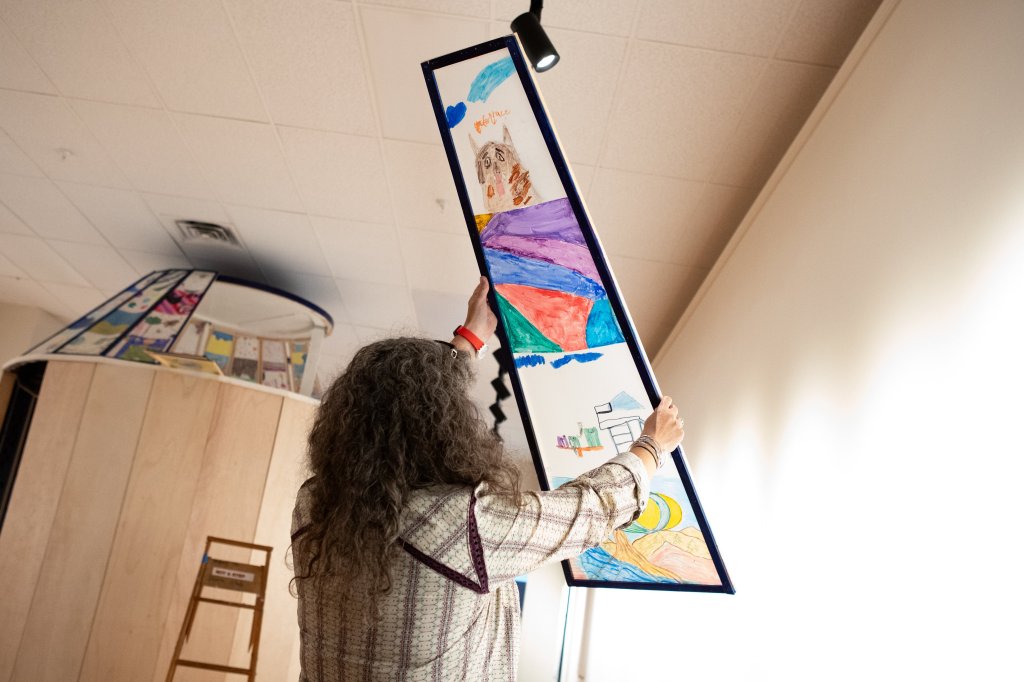
Inside the structure, the panels are painted a dark black/purple with crocheted forget-me-not flowers affixed to each panel, she said.
There are a total of 859 crocheted forget-me-not flowers, all made by 15-year-old Zoe Catterton, who lives in southern Maine, with each one representing a year lived by the people who died in the shooting.
“So imagine you’re standing surrounded by all these forget-me-nots and each one of them, although they are similar in pattern, they’re still just a little bit different, you know, just like every year that we live — just a little bit different,” she said.
There are three pathways on the inside ceiling leading up to the center. The victims’ names are written in gold on each pathway, Molloy said. Some of the shooting victims were members of the Deaf community, so “I love you” in sign language is painted in the center of the ceiling.
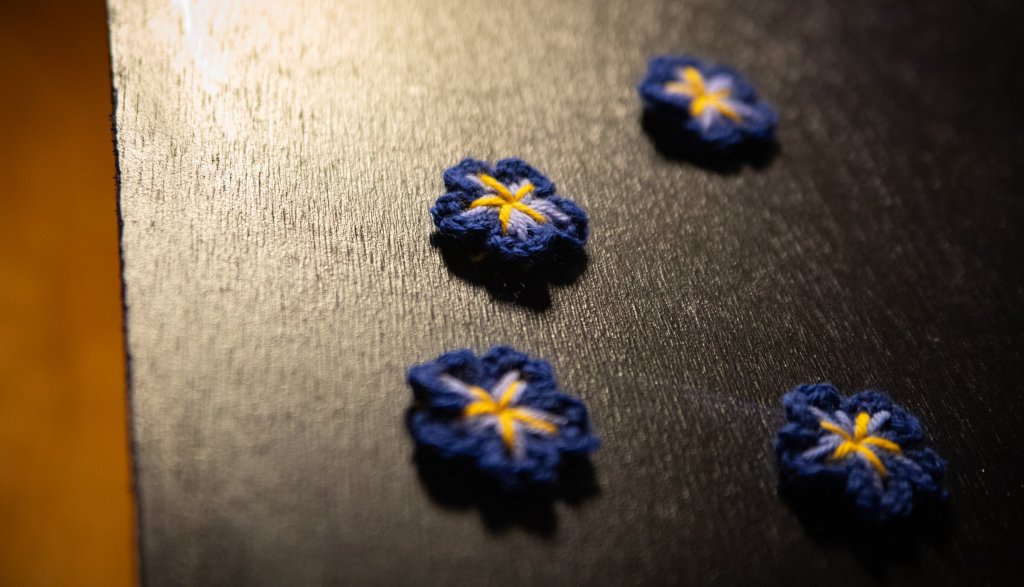
Surrounding that sign are individual art pieces representing stars, each made by a survivor or an individual who lost a loved one in the shooting.
“Love is the center, love is the core for this piece,” Molloy said. “The ceiling is the grief, the ceiling is the stars, the ceiling is the cosmos, everything is surrounded by the, sort of, tumultuous nighttime sky.”
Starting with just an initial idea, Molloy watched the project change over two years. Every aspect of the sculpture was inspired by someone’s art therapy project, grief workshop or through conversations with people impacted or people wanting to contribute.
“There’s no way that all of these layers of meaning could have been, kind of, superimposed from, you know, the thinking mind of any one or few of the individuals involved,” Reed-Marsh said. “They just organically emerge from the process into the work itself and then startle even those of us who are close to it.”
ART IS A DIFFERENT LANGUAGE
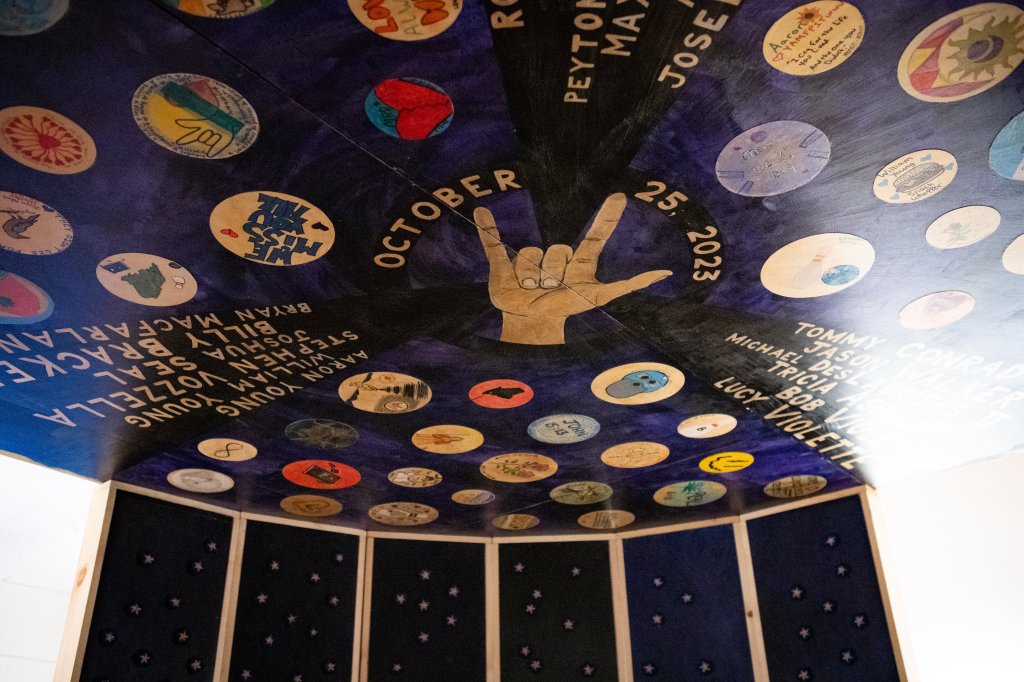
Often when people create art through grief or other strong emotions they transfer those feelings into what they create, which becomes a sort of token of their experience or lost loved one, Molloy said.
“There’s a transference that happens when you’re making art about someone that you have lost, and that is so powerful,” she said. “And so for folks, when they do it, it’s not just going to be something they made, it’s going to be that person.”
As time goes on, people often experience their grief differently. The sculpture is a testament to how people are experiencing their grief right now, she said. Emotions from the shooting are still raw for many people as another Oct. 25 approaches.
The installation will open to the public starting Nov. 7 and continue to Jan. 17, 2026. Hours on opening night will be from 6-9 p.m., and there will be a brief program of speakers starting at 7 p.m.
LA Arts is open to the public Tuesday through Friday from 10 a.m. to 4 p.m. The sculpture is also viewable by private appointment after the Nov. 7 opening outside of regular hours.
Reed-Marsh said she thinks the sculpture illustrates grief and loss, and how life continues even after. There is beauty and hope in that process, and the structure represents these complex themes, which often cannot be separated from each other, she said.
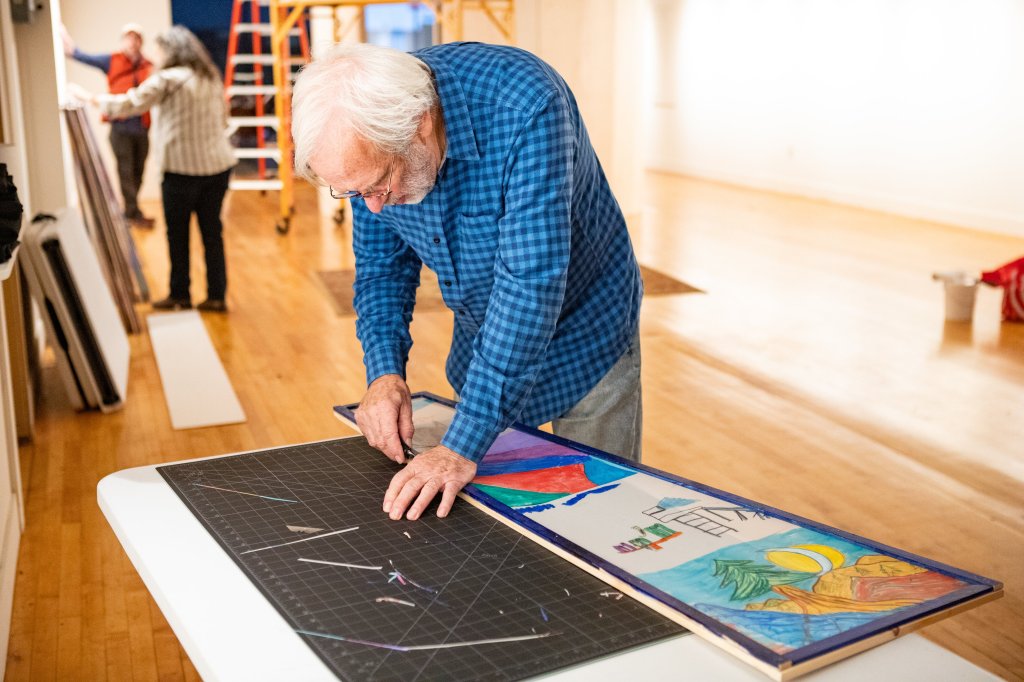
Molloy said she wants the public to see the sculpture as something beautiful made by the community, she said, adding it is complex and nuanced, and there is no one way to interpret it.
“Whether it is to bring joy or to bring connectivity, maybe people feel less alone, they feel like other people have these emotions, to feel seen, like their lives matter, their artwork matters,” she said.
Art allows people to communicate in a way that does not rely on words, Molloy said. Sometimes people cannot find the words to express what they feel but they can create an art piece to convey their emotions.
“When you experience extraordinary trauma, which is what has happened, words are not always sufficient,” she said. “When you access this piece, you’re seeing a cacophony of people’s memories, experiences, love, loss, grief all together that you don’t understand in the same way if someone says, ‘This is what happened.’
“So the experience of viewing the piece will provide something that is hard to access through language because art is its own language,” Malloy said.

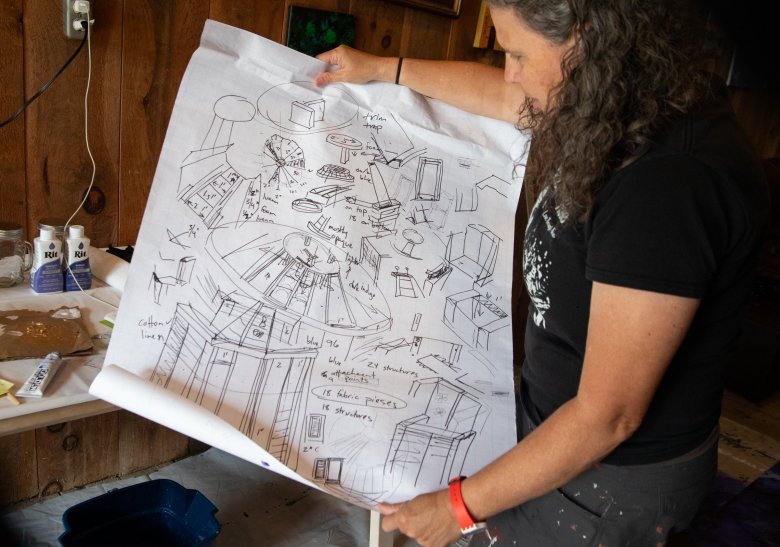
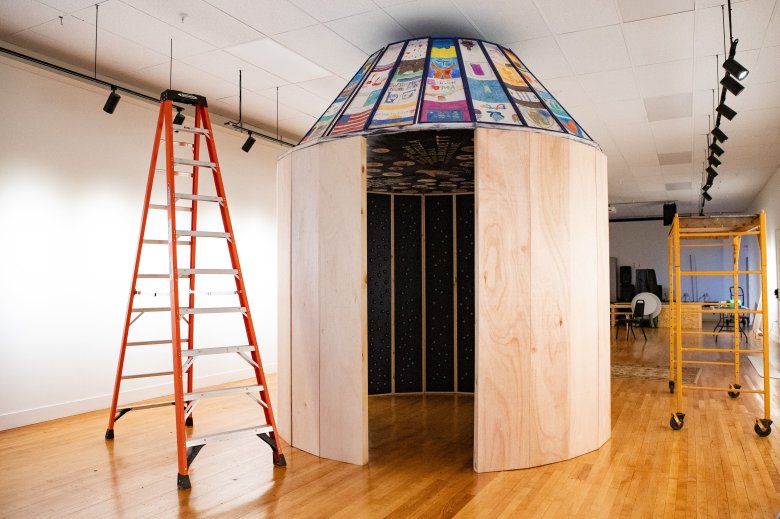
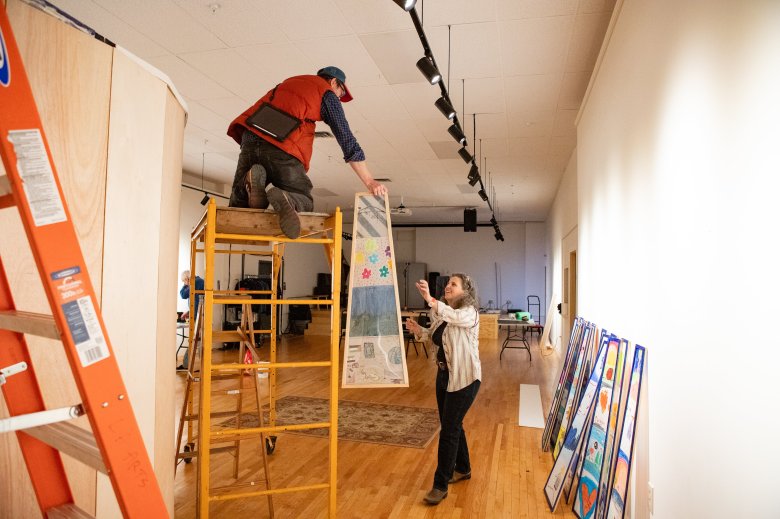
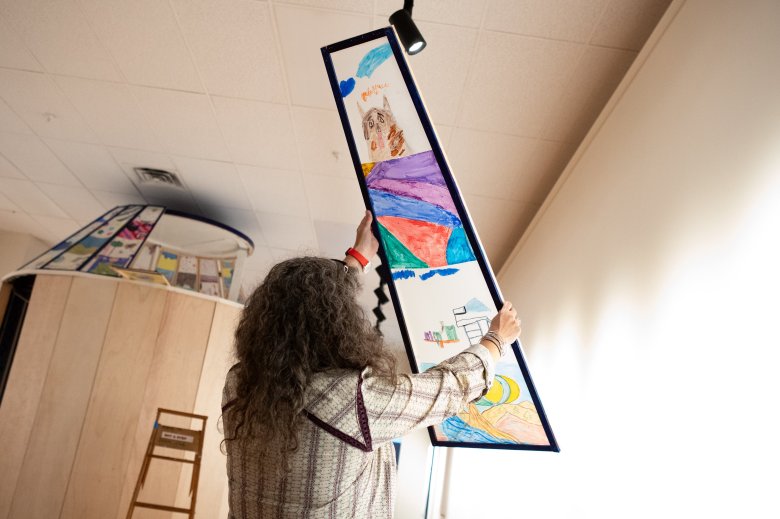
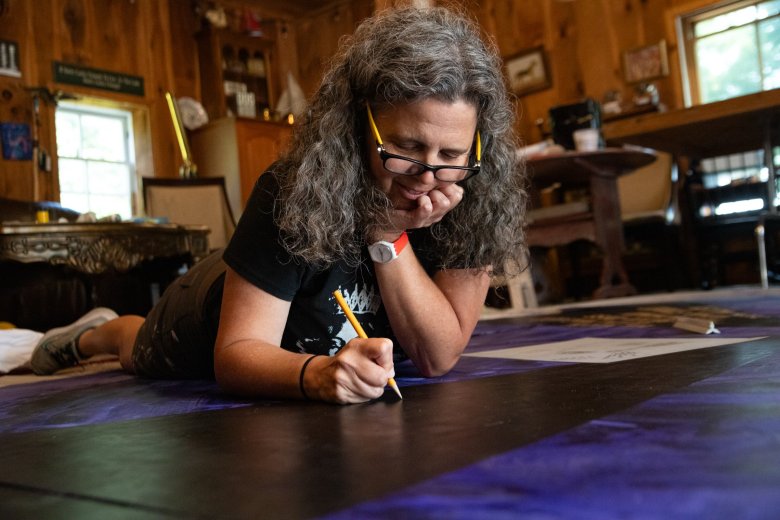
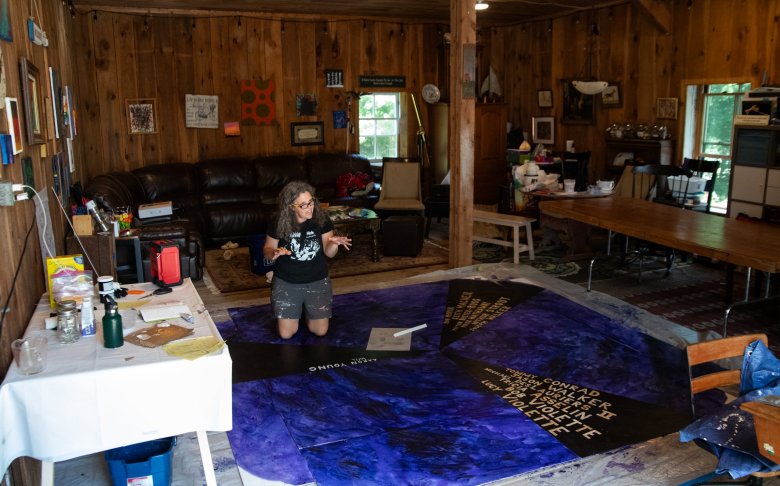
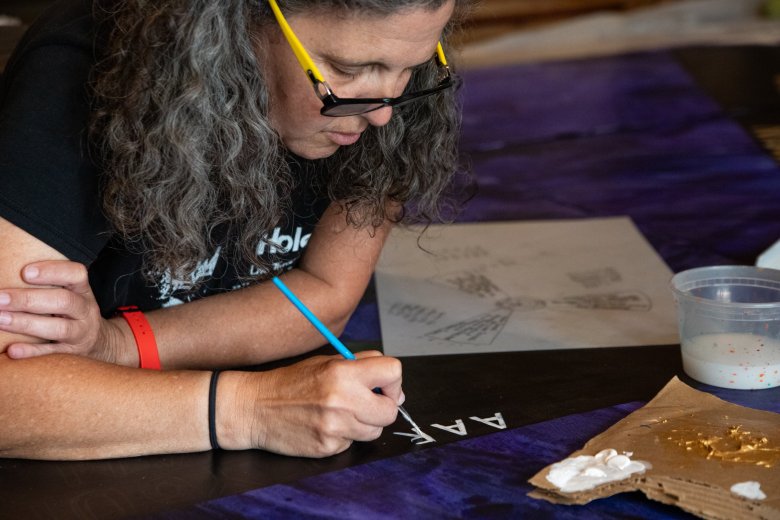
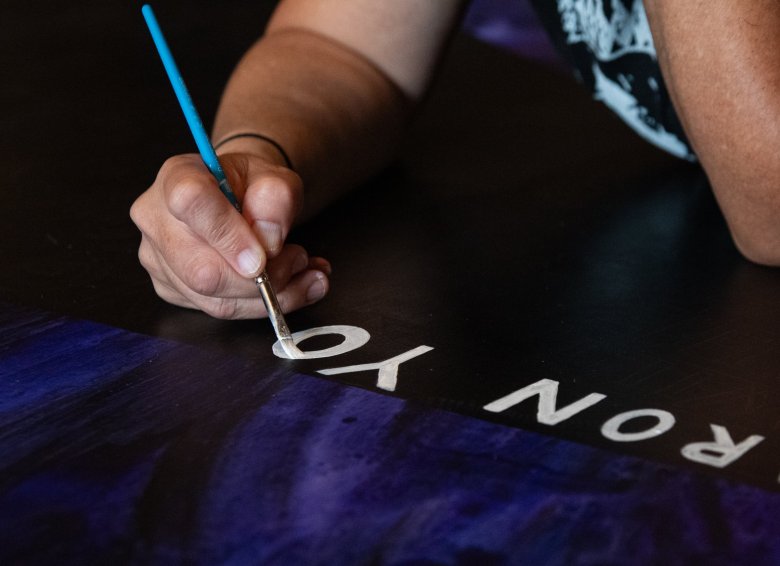
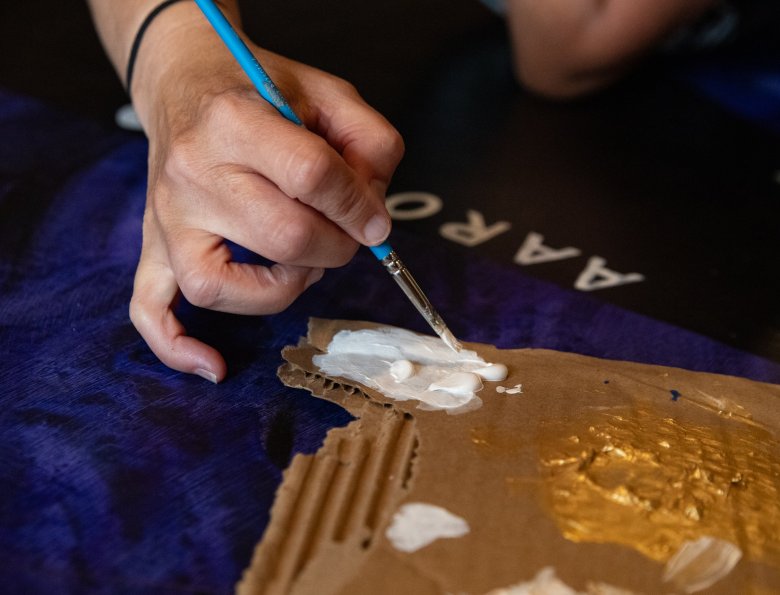
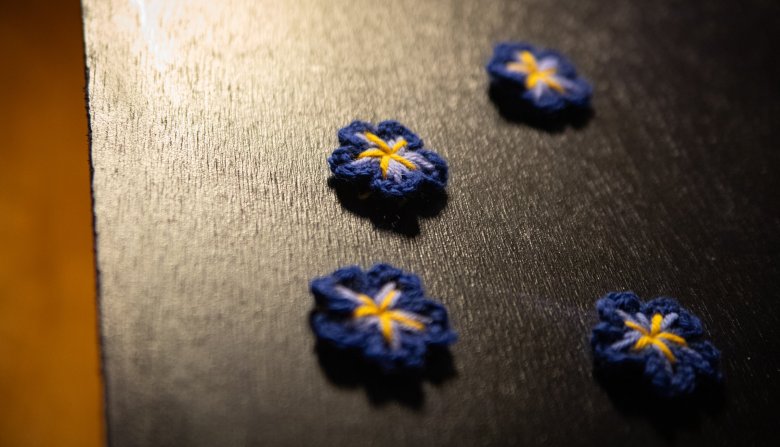
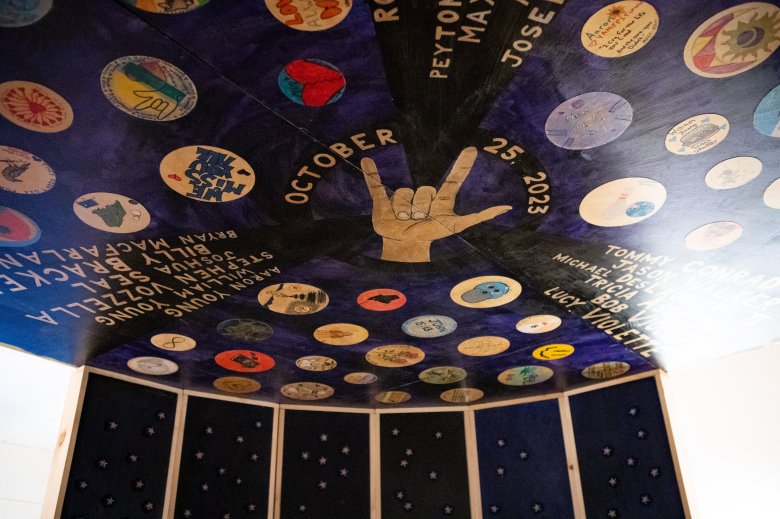
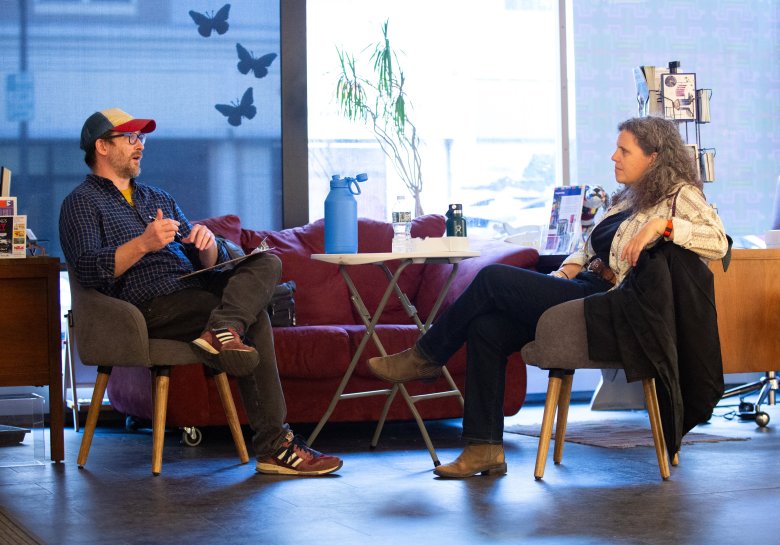
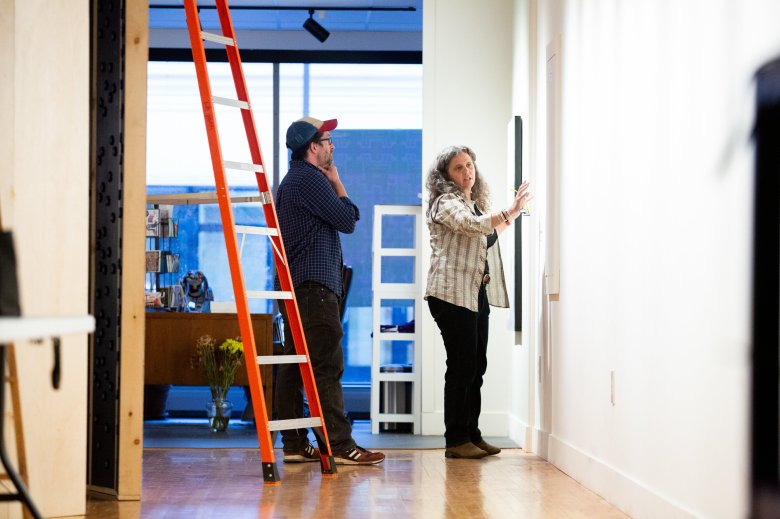
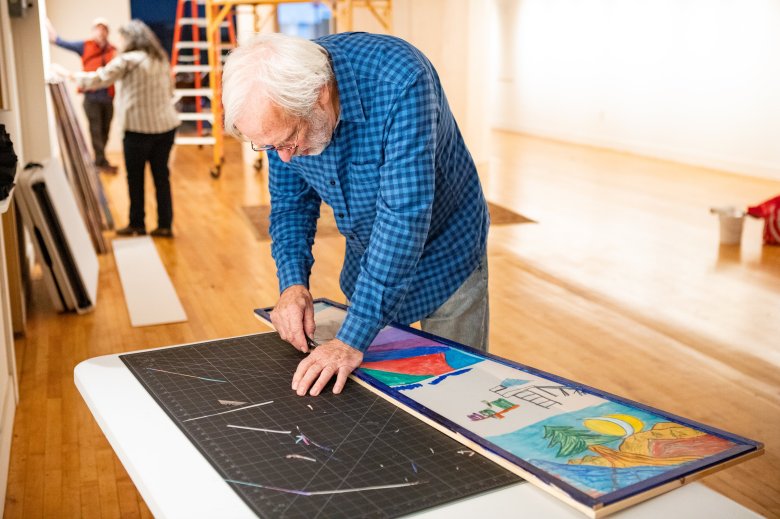
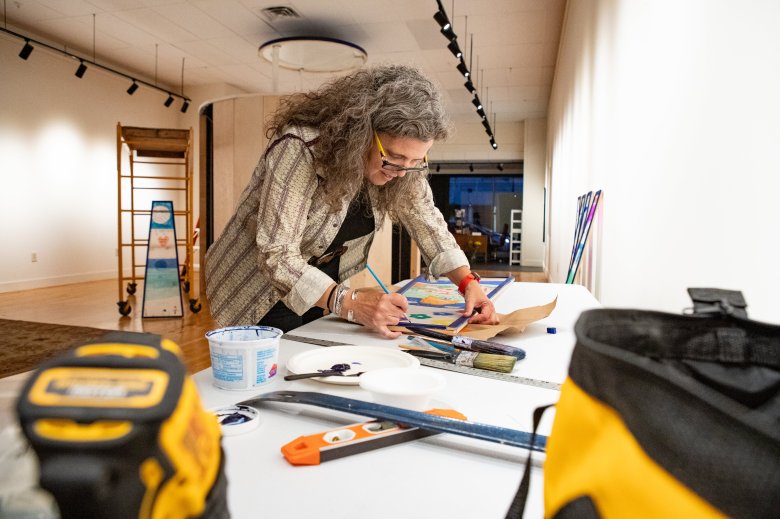
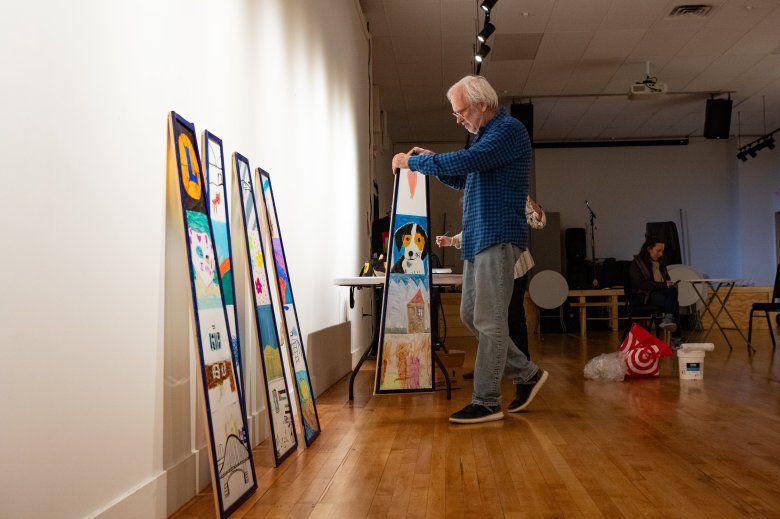
We invite you to add your comments. We encourage a thoughtful exchange of ideas and information on this website. By joining the conversation, you are agreeing to our commenting policy and terms of use. More information is found on our FAQs. You can modify your screen name here.
Comments are managed by our staff during regular business hours Monday through Friday as well as limited hours on Saturday and Sunday. Comments held for moderation outside of those hours may take longer to approve.
Join the Conversation
Please sign into your CentralMaine.com account to participate in conversations below. If you do not have an account, you can register or subscribe. Questions? Please see our FAQs.